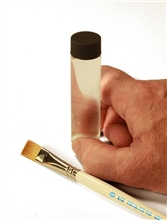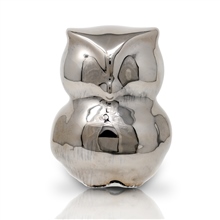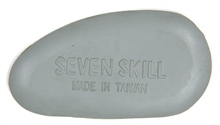| Home PageLiquid Metals & LustresScarva Liquid Metals & Lustres Crackle Lustre Top Coat |
|
Scarva Liquid Metals & Lustres Crackle Lustre Top Coat From £8.93
 Firing temperature: 700-800°C Firing temperature: 700-800°CCrackle lustre top coat is used with a coloured lustre to create variegated effects. Simply apply coloured lustre to vessel, let it dry then apply top coat immediately after. Then take to the kiln and fire to desired temperature. Top coat will cause the base lustre to disperse creating unpredictable results and effects. Liquid precious metals are supplied ready for use. Further thinning is not recommended. The bottle should not be shaken deliberately and it is essential that bottle lips should be clean before pouring. For most purposes, liquid precious metals are supplied to the correct viscosity, however, this increases on exposure to air, particularly under warm or dry conditions. It is inadvisable to pour out more liquid precious metal than is required for 30 minutes continuous work. This may vary depending on the atmospheric conditions in the decorating shop. When painting moulded surfaces such as figurines, it may be advantageous to allow the liquid precious metal to become rather more viscous than for lining or banding, otherwise it may tend to drain away from protruding areas and collect in the crevices. If through exposure to air, the liquid precious metal becomes too viscous and tacky, its original painting properties may be restored by working in very thoroughly, one or two drops of Lustre Thinners. Good quality brushes should be used and these are available in various shapes and sizes according to use, either for lining, banding or tracing. Brushes used exclusively for liquid precious metals should be kept separate, clean and free from dust. After use they should be cleaned with Lustre Thinners. To prepare the brush for painting, it should be dipped into the liquid precious metal and worked on a smooth piece of glass or glazed ceramic tile until it is saturated. The brush should then be passed lightly over the surface in order to remove excess liquid precious metal and the hairs brought to a fine point in the case of a lining brush, or to a smooth edge for a banding brush.
|










